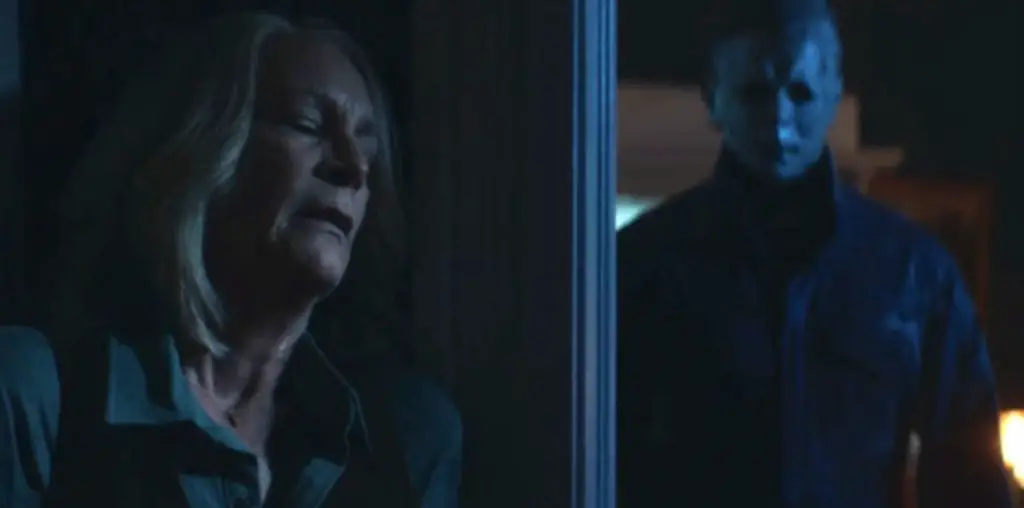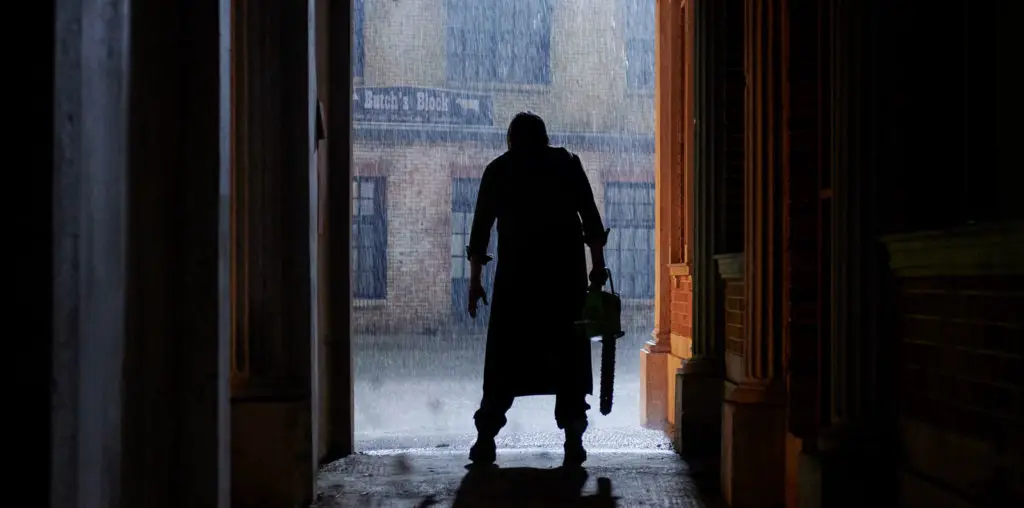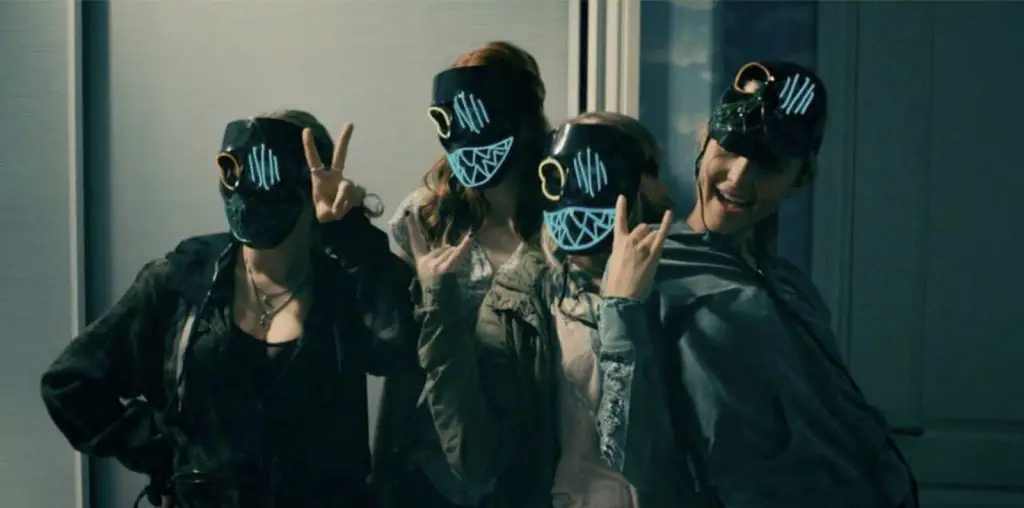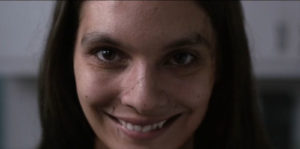
To remove my filter for a second, I thought Smile was going to be stupid. Everyone saw the trailers, and I’m not sure how anyone could believe it wasn’t just going to shape up to be a lame horror film with a half-baked gimmick. But this is why one actually goes to see the movie, isn’t it?
We’re now in a position where horror films like writer-director Parker Finn’s seminal Smile are a big piece of the puzzle in saving the theatrical experience from going the way of the dodo. Did I expect the film to be so successful? Sort of. Horror films are always a good bet, especially in the fall. But more importantly, did I expect it to be so great? Definitely not. But Finn, my friend, hats off to you because for all of your film’s admittedly gauche advertising, it delivers in every regard.
The film is scary – let’s establish that at the outset. Really scary. I’m never (well, almost never) one to be truly affected by horror in a visceral sense. One reaches a point where so many films are consumed that the suspension of disbelief is hard to maintain without the critical eye getting in the way. But with Smile, it’s difficult not to get sucked into this sinister world of recycled trauma. As in all great films, the formal construction becomes invisible to the first-time viewer, and by then, we’re putty in the director’s hands. One sequence, in particular, is probably in my Top 5 scares in films as of this writing.
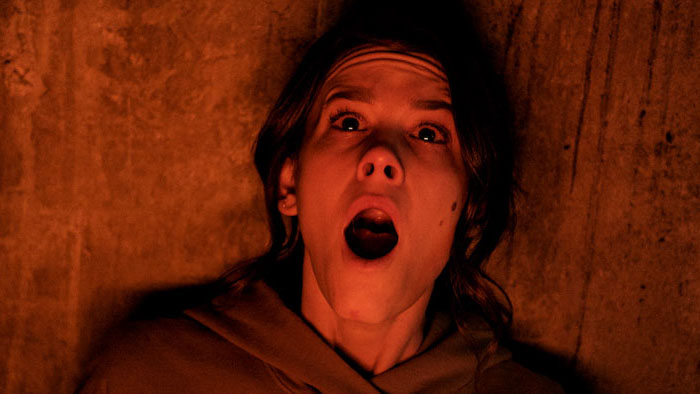
“…one of her patients dies in a gruesome suicide, Rose is plagued by her discovery of a chain of similar occurrences.”
Trauma and its propensity for spread are at the center of the film. To Finn, it never occurs in a vacuum. Dr. Rose Cotter (Sosie Bacon), a selfless psychiatrist, not only examines it in others but is trying to escape her horrific past. After one of her patients dies in a gruesome suicide, Rose is plagued by her discovery of a chain of similar occurrences. Now, she’s racing against time to end the cycle of trauma. Rose is the story’s center of gravity, and one can’t speak highly enough of Bacon’s performance. The “scream-queen” moniker is perhaps too coy and borderline dismissive to be used in this case, as she goes to some truly dark places.
Going into Smile with as little advanced knowledge as possible is for everyone’s benefit. The inescapable ad campaign for months prior to the film’s release definitely ruined a number of sequences for me. I imagine many other regular movie-goers feel the same. But rest assured that there’s a story here centered around Rose and her family.
There are legitimate criticisms that can be levied upon the film. It relies too heavily on jump scares and some generalized genre tropes. I hear that criticism and recognize it, but I deflect it and ask, is it still bad filmmaking if said jump scares work and are (usually) surprisingly unpredictable? Another valid criticism is that it does, at times, closely resemble David Robert Mitchell’s 2014 hit, It Follows. This may be the case, but horror films are, by their nature, derivative and the allusions to experiential trauma in Mitchell’s film aren’t nearly as vivid. It’s possible for both to be great without dismissing Smile as banal and uninspired (it isn’t).
The double-edged sword with Smile and its popularity means there may be a sell-by date after which many of the harrowing sequences become subsumed into popular culture and will no longer feel fresh upon initial viewing. This isn’t the film’s fault, but such is often the case when the public gets a hold of a work of art. See it with a crowd, and see it soon.
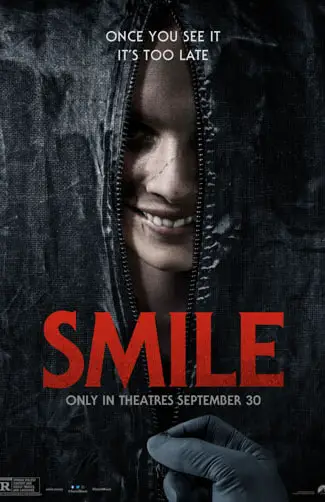
"…difficult not to get sucked into this sinister world..."
